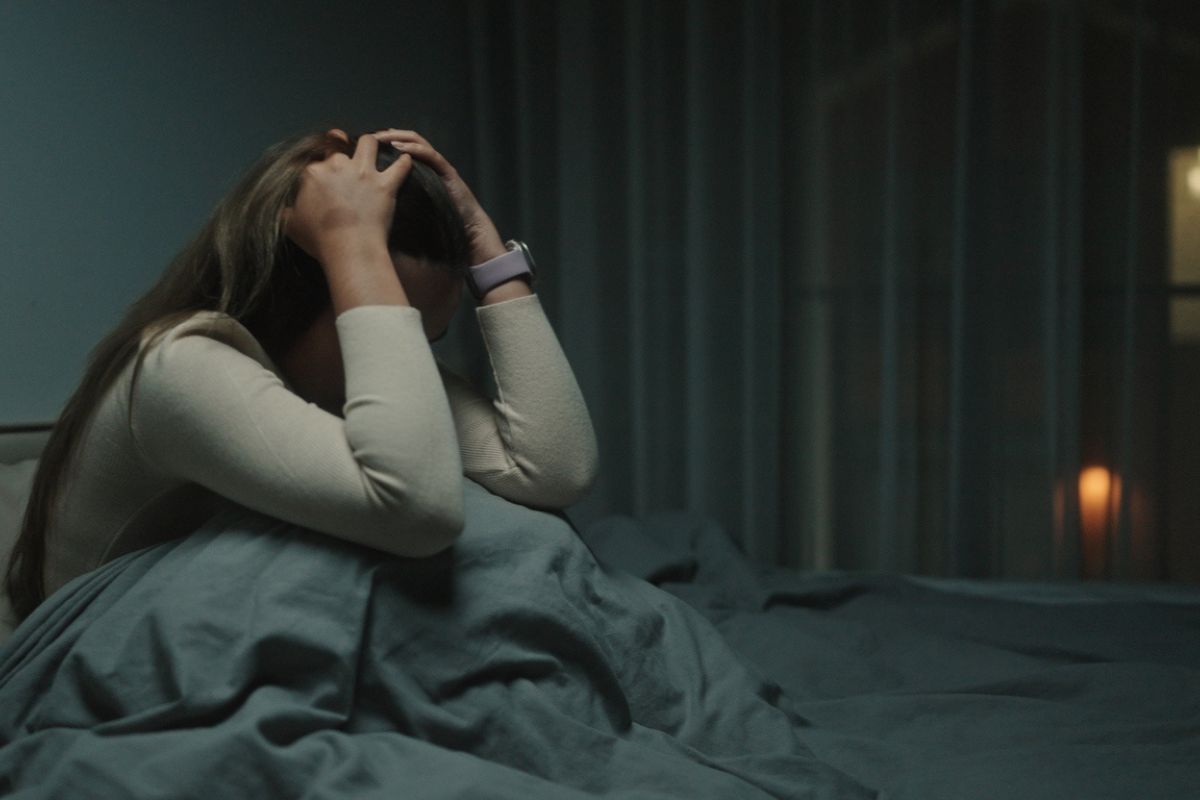The Primary Care Companion for CNS Disorders published a case report about Ms. Q, whose low-dose diazepam withdrawal induced seizures and subsequent psychosis.
New-onset Seizures and Psychosis During Low-Dose Diazepam Withdrawal
Postictal psychosis, a rare phenomenon linked to epilepsy, typically manifests within a week of seizures and can linger up to 90 days. Symptoms can include delirium, delusions, or hallucinations. It’s distinct from interictal psychoses or intoxication.
While it’s more common in those with a history of epilepsy, it can strike individuals without a history of seizures. In a case involving Ms. Q, a woman in her 60s with a history of depression and anxiety, postictal psychosis emerged after diazepam withdrawal seizures. Her presentation included confusion, paranoia, and affective symptoms, complicating diagnosis and treatment.
Ms. Q’s admission followed witnessed seizures, and her subsequent behavior raised concerns about psychosis. Despite a history of depression, her high cognitive score suggested there was something else going on.
Treatment with valproic acid alleviated the seizures, but her paranoia persisted for five days. A subsequent EEG revealed epileptogenic potentials, indicating underlying neurologic dysfunction contributing to both seizures and psychosis. Collaboration between medical and psychiatric teams played a crucial role in managing her confusing presentation.
Diagnosing and treating mood and psychotic symptoms in medical settings always pose a challenge. And a psychiatric history can complicate things. In Ms. Q’s case, diazepam withdrawal likely triggered seizures due to underlying neurologic dysfunction. Duloxetine withdrawal and cannabis use also played minor roles. This underscores the importance of considering medical factors in psychiatric presentations, particularly in patients with complex histories.
The occurrence of postictal psychosis after first-onset seizures remains rare, highlighting the need for comprehensive evaluation and collaboration among specialists. Ms. Q’s case emphasizes the intricate interplay between psychiatric and neurologic conditions. It underscores the significance of multidisciplinary approaches in diagnosis and management, critical to effective treatment and discharge.
IN OTHER PSYCHIATRY AND NEUROLOGY NEWS
- Mayank Gupta, MD, discusses SSRI use and the risk of behavioral activation and suicidality in people with autism spectrum disorders.
- A new report examines trends in opioid use disorder and associated ED visits from 2016 to 2021 and evaluates buprenorphine and naloxone prescribing patterns.
- A case report highlights the potential interaction between bupropion-dextromethorphan (BUP-DXM) and selective serotonin reuptake inhibitors (SSRIs), leading to serotonin syndrome and DXM toxicity in a patient with major depressive disorder.
- A pair of case studies illustrate the ancillary benefits of olanzapine/samidorphan (OLZ/SAM) in patients with schizophrenia or bipolar I disorder, which can help manage comorbid addictive behaviors and cut the risk of accidental overdose.
- The Journal of Clinical Psychiatry has published three papers that reveal promising results for ADHD patients.



